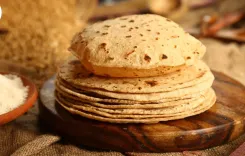Pakistani Fashion In The 80's
By Andrea Cooper
6 May 2023
The 80s marked an iconic era for Pakistani fashion, with a vibrant and evolving industry that showcased a unique blend of traditional and contemporary styles. During this period, fashion in Pakistan experienced notable shifts influenced by the glorious PTV era and the socio-political landscape under the Zia regime.
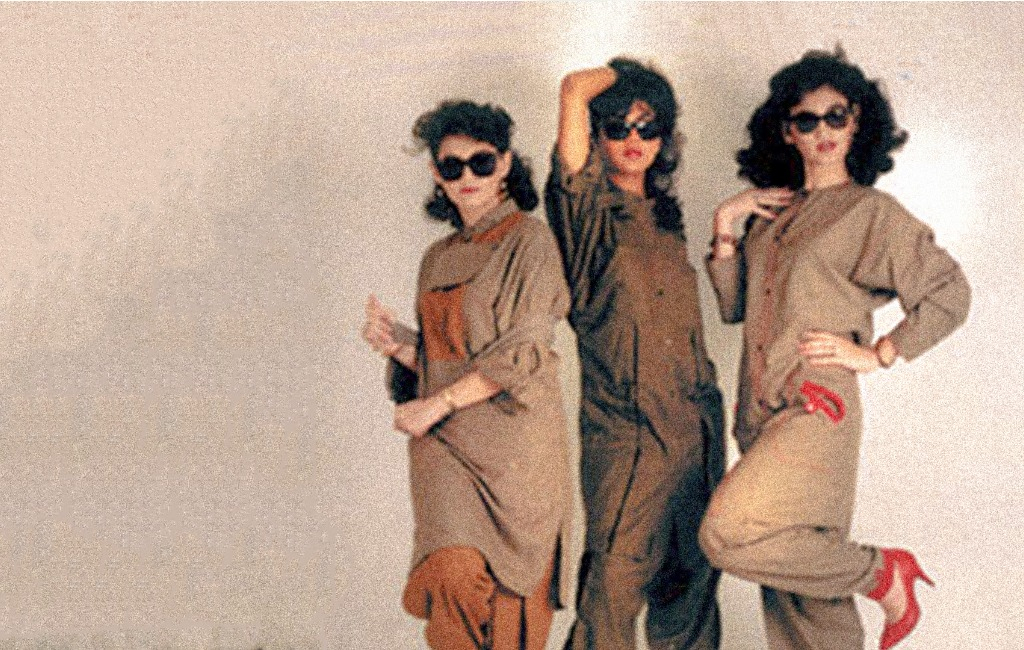
One key figure who played a significant role in shaping Pakistani fashion was Tanveer Jamshed, better known as TeeJay, who introduced innovative techniques and redefined the concept of the shalwar kameez. Let's delve into the fashion scene of the 80s in Pakistan, highlighting its distinct characteristics and notable contributions.
The PTV Era
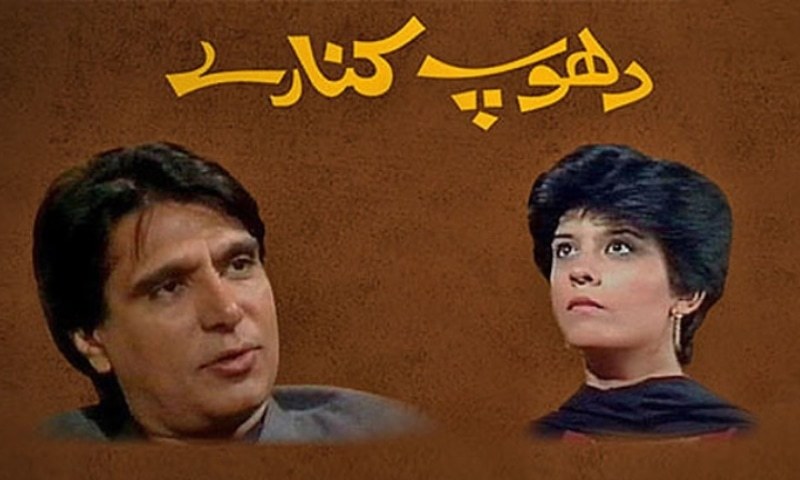
A Catalyst for Fashion Trends The emergence of the Pakistan Television Corporation (PTV) as a dominant cultural influence in the 80s greatly impacted fashion trends in the country. The introduction of dramas like "Tanhaiyaan," "Dhoop Kinare," "Uncle Urfi," and "Unkahi" brought characters to life in their traditional attire, sparking a renewed interest in ethnic fashion among the masses.
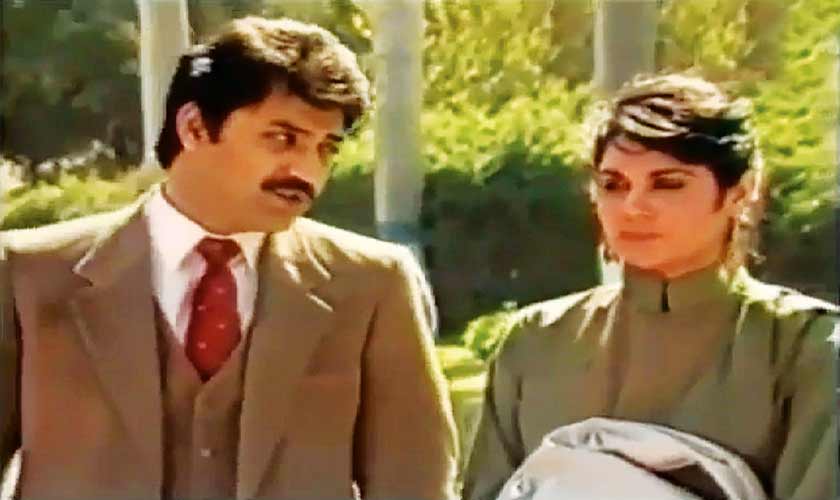
This visual representation on-screen played a pivotal role in popularizing the shalwar kameez and creating a connection between the audience and the fashion of the time.
Tough Times
Fashion Amidst the Zia Regime Although fashion is often intertwined with political and social dynamics, the fashion trends of the 80s were predominantly influenced by the aspirations of young and old women, transcending political boundaries. The Zia regime's conservative environment prompted a revival of traditional clothing, with a focus on modesty and cultural values. The popularity of shalwar kameez, adorned with intricate embroidery and embellishments, became a prominent symbol of Pakistani fashion during this era.
TeeJays
Revolutionizing Shalwar Kameez Tanveer Jamshed, known as TeeJay, made significant contributions to Pakistani fashion during the 80s. TeeJays, founded in 1970, became synonymous with stylish and innovative designs, particularly in the realm of shalwar kameez. TeeJay's creations brought a fresh perspective to traditional attire, experimenting with unique shapes, necklines, puffy sleeves, and the introduction of pockets. Notably, TeeJays gained immense popularity by providing a wardrobe for numerous successful dramas, including the timeless classics "Tanhaiyaan," "Dhoop Kinare," "Uncle Urfi," and "Unkahi."
Feeha Jamshed
Carrying Forward the Legacy Following TeeJay's retirement due to illness, his daughter Feeha Jamshed, also known as Feejay, took charge of TeeJays, breathing new life into the brand. Feeha, initially focusing on designing clothes for the ramp, showcased a fusion of Eastern and Western styles, creating unique and distinctive pieces.
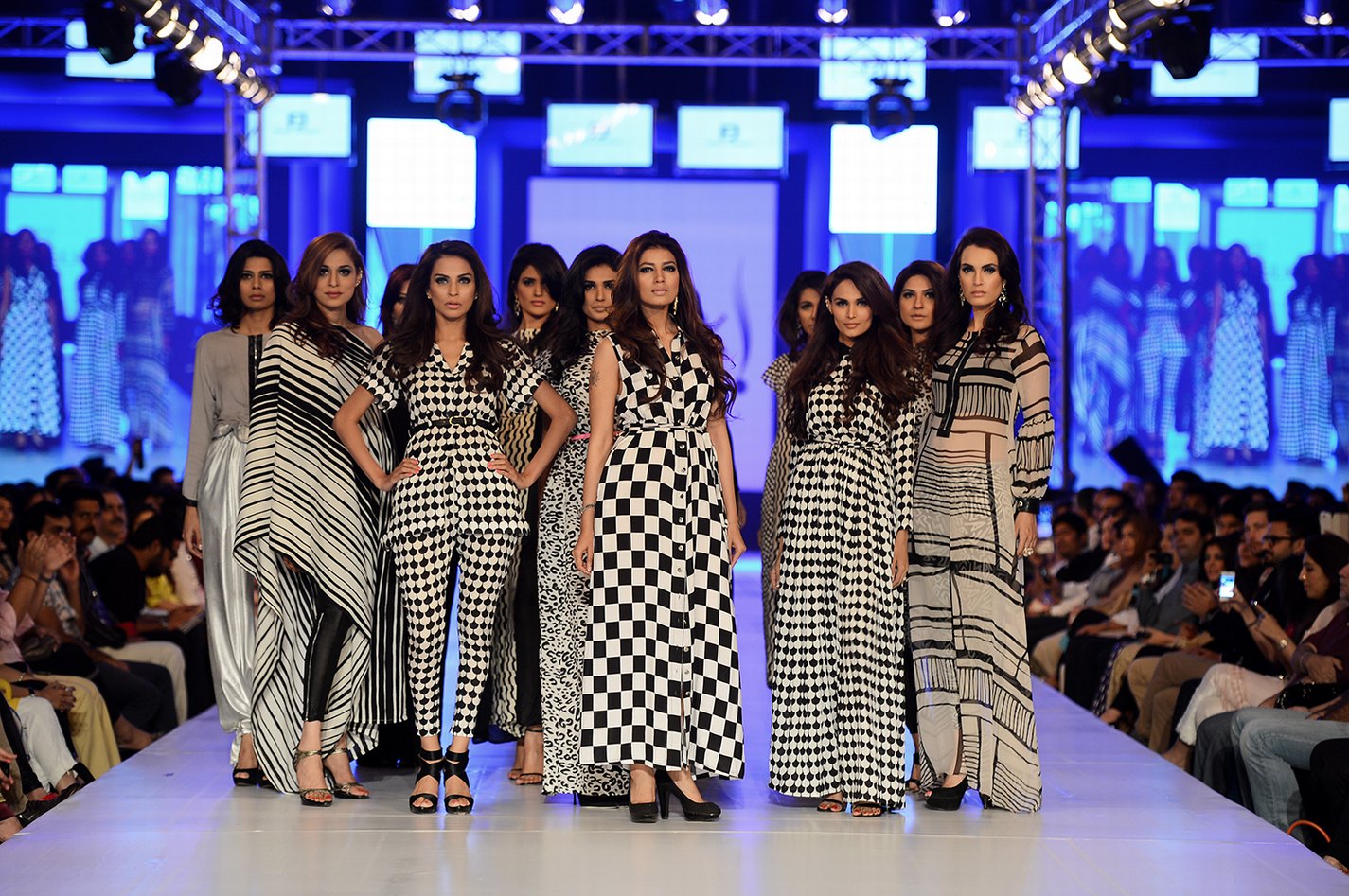
Her collaboration with Rizwan Ullah resulted in an amalgamation of their individual fashion sensibilities. Feeha's talent was further showcased when she provided a wardrobe for Mahira Khan in the popular drama "Humsafar," demonstrating her ability to produce exquisite Eastern dresses.
Legacy and Future Prospects Feeha's success in the fashion industry, both with her casual and formal wear collections, has solidified her position as a promising successor to her father's legacy. Her ability to merge her own unique style with a fusion of East and West has garnered attention and appreciation.
The Future Leader Of Teejays
Feeha's achievements and dedication to the brand have rejuvenated TeeJays, ensuring that the essence of Pakistani fashion continues to thrive. As Feeha forges her path, it is evident that her aspirations to follow in her father's footsteps are well on their way to becoming a reality.
Conclusion
The fashion landscape of 80s Pakistan witnessed a remarkable blend of tradition and modernity, driven by influences from the PTV era and the socio-political context of the Zia regime. TeeJays, led by the visionary Tanveer Jamshed, played a pivotal role in revolutionizing the shalwar kameez and popularizing it through their innovative designs and collaborations with iconic dramas.
Whatever fusion we see in the fashion industry of Pakistan from the likes of Nomi Ansari or other notable names stems from Teejays. Have a look at Sajal Ali who wore fusion wear to her film's premiere in London
TeeJay's daughter, Feeha Jamshed, has carried forward the family legacy, infusing her own creative flair and introducing a fusion of Eastern and Western styles.
The fashion of the 80s in Pakistan reflects a time of cultural pride, where traditional attire regained prominence and captivated both young and old women. The influence of PTV dramas and the efforts of pioneers like TeeJay and Feeha Jamshed contributed to the rebranding of the shalwar kameez and its enduring appeal.
Looking ahead, Pakistani fashion continues to evolve, with new designers and trends emerging.
You Might Also Want To Read This
Popular Posts




